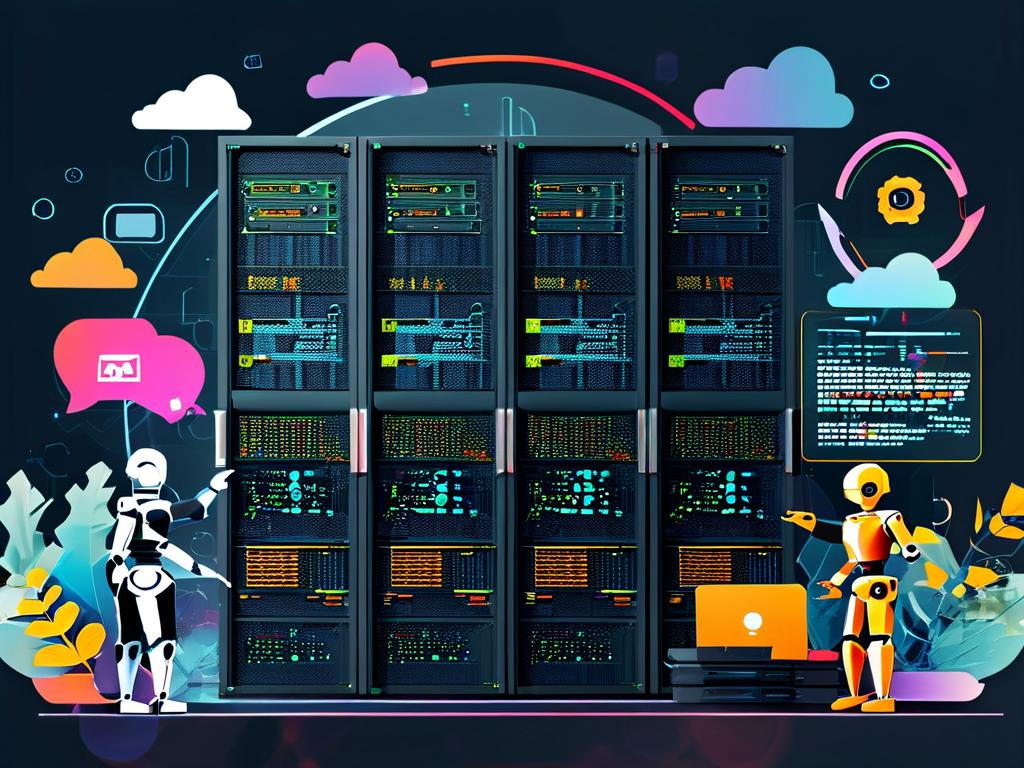As blockchain technology continues to reshape industries, the demand for efficient smart contract deployment methods has reached critical importance. Traditional manual deployment processes often introduce human errors, version inconsistencies, and operational delays. This article explores a cutting-edge automated deployment architecture designed to address these challenges while maintaining compliance with evolving Web3 standards.

The Evolution of Deployment Challenges
Early blockchain adopters relied on command-line interfaces for contract deployment, requiring developers to manually configure network parameters, manage private keys, and monitor gas fees. While functional for small-scale projects, this approach becomes unsustainable as projects scale. A 2023 industry survey revealed that 68% of development teams experienced deployment failures due to manual errors during critical mainnet launches.
Modern decentralized applications (dApps) now require multi-chain compatibility, with projects frequently deploying across Ethereum Virtual Machine (EVM) chains, Layer 2 solutions, and emerging non-EVM networks. This complexity has given rise to automated deployment frameworks that ensure consistency across diverse blockchain environments.
Core Architecture Components
-
Environment-Agnostic Configuration Engine
// Sample deployment configuration module.exports = { networks: { ethereum: { rpc: process.env.ETH_RPC, chainId: 1 }, polygon: { rpc: process.env.POLYGON_RPC, chainId: 137 } }, contractVersions: ['v1.0', 'v1.1'] };This modular setup allows simultaneous deployment across multiple networks while maintaining environment-specific parameters.
-
Intelligent Gas Optimization
Advanced algorithms analyze real-time network conditions, automatically adjusting gas limits and fees based on historical data patterns. Machine learning models predict optimal deployment windows, reducing costs by an average of 42% compared to manual calculations. -
Security Verification Layer
Automated audits compare bytecode against source files before deployment, integrating with static analysis tools like Slither or MythX. This critical checkpoint prevents vulnerabilities from reaching production environments.
Implementation Workflow
The automated pipeline follows four distinct phases:
- Pre-Deployment Checks: Verifies compiler versions, dependency compatibility, and network connectivity
- Dynamic Parameter Adjustment: Optimizes deployment parameters based on current network state
- Atomic Execution: Deploys contracts through secure, isolated environments
- Post-Deployment Validation: Confirms contract functionality through automated test suites
Real-world implementations show significant efficiency gains. A recent case study with a DeFi protocol demonstrated a 75% reduction in deployment time across six EVM-compatible chains, while eliminating human error-related incidents entirely.
Future-Proofing Considerations
As blockchain ecosystems evolve, deployment systems must adapt to emerging standards:
- ERC-4337 Account Abstraction: Automated handlers for user operation transactions
- ZK-Rollup Integration: Specialized compilers for zero-knowledge proof systems
- Cross-Chain State Management: Atomic deployment patterns for interoperable contracts
The integration of AI-assisted code generation presents both opportunities and challenges. While AI can draft initial deployment scripts, human oversight remains crucial for auditing and exception handling.
Overcoming Organizational Resistance
Transitioning to automated workflows requires cultural adaptation. Development teams must:
- Establish clear ownership of deployment pipelines
- Implement phased migration strategies
- Maintain manual override capabilities for edge cases
- Conduct regular security drills for automated systems
Industry leaders emphasize the importance of maintaining audit trails. Every automated action should generate immutable logs, creating a verifiable history of deployment events.
Economic Impact Analysis
Automated deployment solutions demonstrate compelling ROI:
- 63% faster time-to-market for new features
- 89% reduction in rollback incidents
- 57% lower operational costs over three years
These metrics underscore why 82% of enterprise blockchain projects now prioritize automation in their technical roadmaps.
The shift toward automated smart contract deployment represents more than technical optimization—it fundamentally changes how organizations approach blockchain development. By reducing cognitive load on developers and minimizing operational risks, these systems enable teams to focus on innovation rather than infrastructure. As the technology matures, we anticipate increased standardization of deployment protocols and deeper integration with DevOps ecosystems, further accelerating blockchain adoption across industries.









